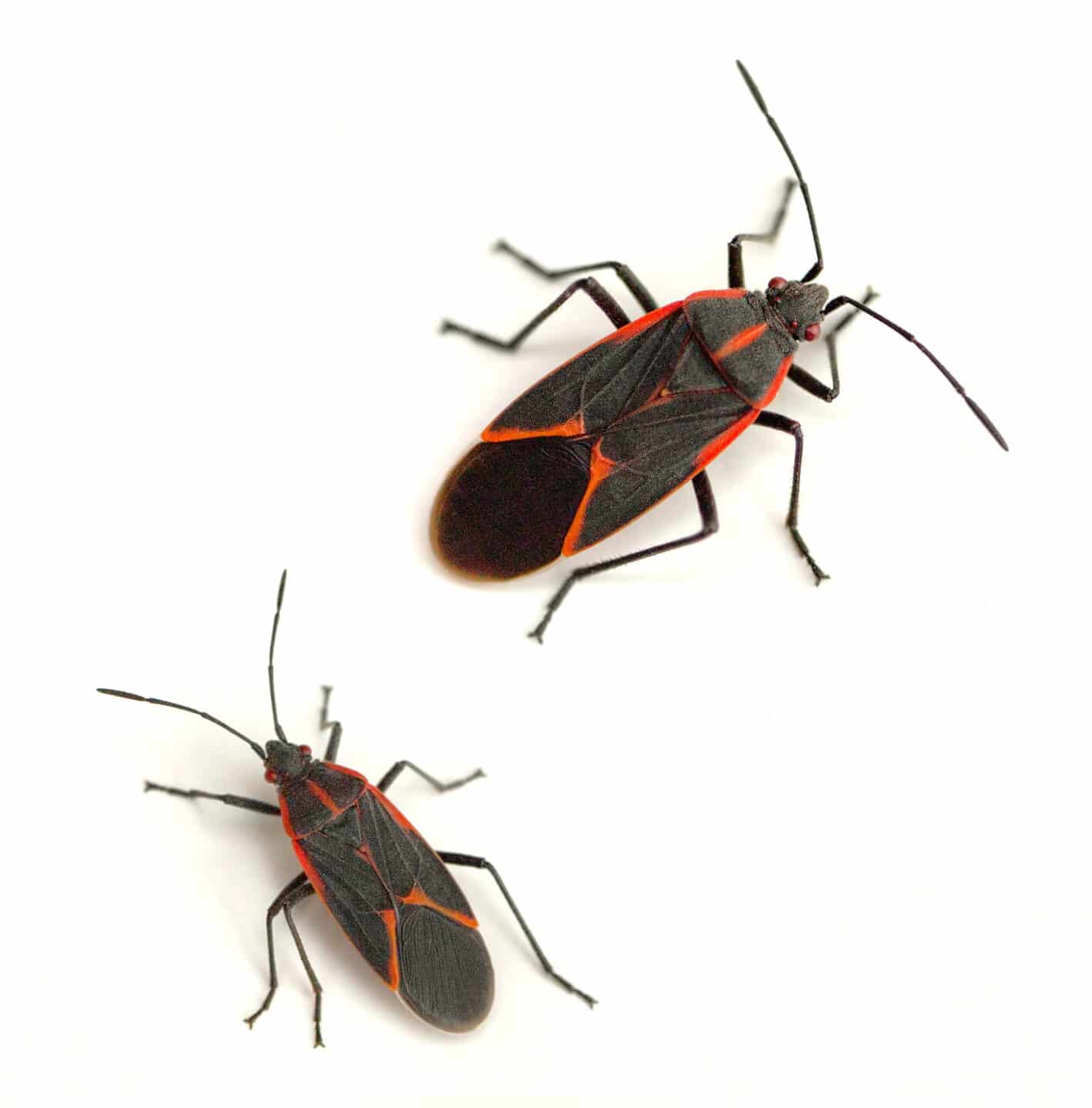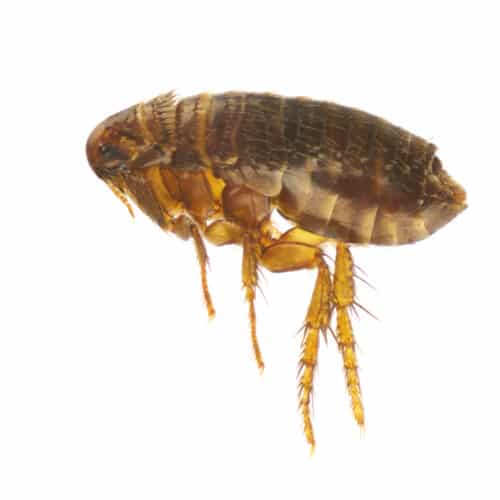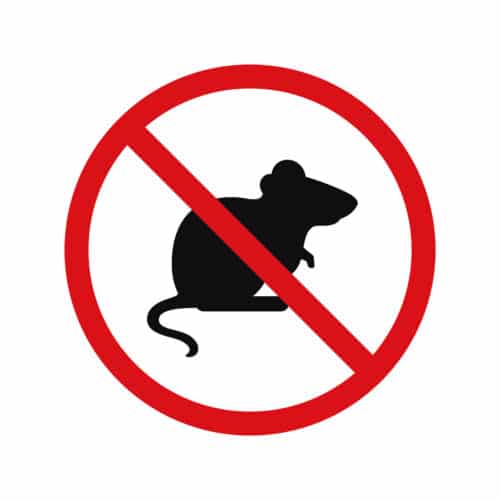
Boxelder bugs, those distinctive dark bugs with reddish-orange marking, are common throughout the Pacific Northwest. While they don’t pose a threat to health or structure, box elder bugs also aren’t welcome inside our homes. So, what should you know about these nuisances?
Identifying a Box Elder Bug
- Color: black (dark brown) with reddish or orange markings
- Size: half inch long
- Shape: oval, flattened with six legs and two antennae
- Nymph: Juvenile boxelder bugs are smaller and bright red when they hatch
- Wings: Two wings lay flat on their body and cross slightly, but box elder bugs only fly briefly from plant to plant or to escape threats. They are generally slow, clumsy flyers.
- Food: These bugs feed on the leaves, flowers, and seeds of plants, particularly the boxelder (hence their name), maple, and ash trees.
- Region: Box elder bugs are native to the western United States, but are found throughout North American. They range from British Columbia in the north to as far south as California.
- Threat: Boxelder bugs are not a direct threat to humans. They don’t bite or destroy structures. When threatened they may secrete a fluid that stains walls, carpets, or other surfaces. Box elder bugs can also release an odor when crushed.

Box Elder Bugs Purpose
- Food source & Pollinator: Box elder bugs contribute to the food chain as a food source for a variety of predators. Birds, spiders, and other insects feed on these bugs. In addition, boxelder bugs are often inadvertent pollinators. While their primary role isn’t pollinating like bees, they do move from flower to flower to feed and can become pollinators.
- Decomposition & Biodiversity: Boxelder bugs also contribute to the decomposition process. They break down organic matter as they feed on seeds, rotting fruit, and other plant matter, helping to return nutrients to the soil. Their presence contributes to the biodiversity present in a healthy, balanced ecosystem.
- Indicator Insect: Boxelder bugs are also an excellent indicator for scientists to determine the health of an ecosystem. Changes in population and behavior can signal something wrong in the balance of the ecosystem.
Season & Lifecycle
- Spring-Summer: Boxelder bugs usually start to appear as the weather warms up. The adult bugs will feed on the plants and seeds of early spring. Mating begins a few weeks after they start feeding. You are likely to see boxelder bugs outside and around maple, ash, and boxelder trees especially as the female trees start to bear seeds and the bugs lay eggs on the trunks and branches. Boxelder bugs are most abundant during hot, dry summers followed by warm springs.
- Late summer-fall: As the leaves start to fall, adult boxelder bugs will begin to depart their feeding areas to find protected places to overwinter. They may traverse miles to find a safe place. Only the adults will survive the winter. They will look for buildings with large western or southern exposure for the warmth. As the temperature continues to drop, they push their way into cracks and spaces around homes. If the building is taller than surrounding structures or alone on flat ground, it might be more tempting for these bugs. Boxelder bugs may shelter in walls, attics, and other voids until the weather warms.
- Winter-early spring: While boxelder bugs are mostly inactive during the winter, you might see some turn up on mild, sunny days indoors. As they awake in the spring, you might see them move toward the warmth of windows or sunny areas. They may be trapped indoors. The bugs you see in early spring entered the home in the fall. They don’t reproduce indoors.
Boxelder Bug Prevention
The best offense is a good defense. Keep boxelder bugs out!
- Seal up cracks or entry points: Don’t give the boxelder bugs a foothold. Make sure the openings in your home are sealed.
- Repair screen on doors and windows: Keep screens in good repair so that bugs can’t get in.
- Install sweeps or rubber seals along doors or thresholds: Even the spaces under a door can be invitations for bugs to enter. Consider a sweep on entries and a rubber seal on your garage door. There are so many little ways that bugs can make their way inside.
- Sweep or vacuum: If you do find boxelder bugs in your home, don’t panic. The quick easiest solution is to physically remove them. Sweeping or vacuuming can make quick work of these pests. (Just remember to dispose of them outside immediately.) Active boxelder bugs don’t live indoors for more than a few days and they don’t reproduce inside.
Keeping your home bug free is important. If you find yourself with more than you can handle, consult the boxelder bug experts at Cascade Pest Control. Their technicians are ready to assist. Call 888-989-8979 today!



